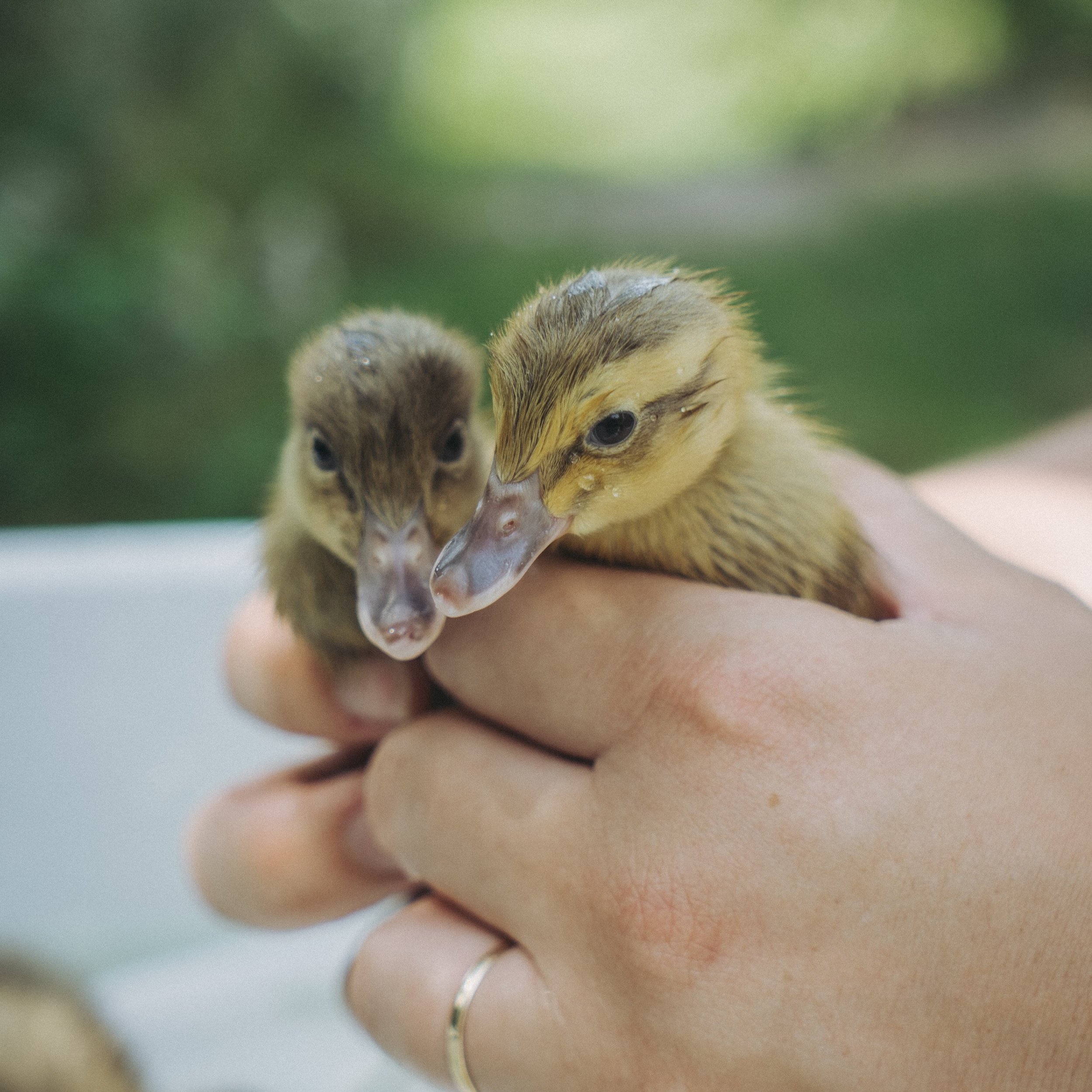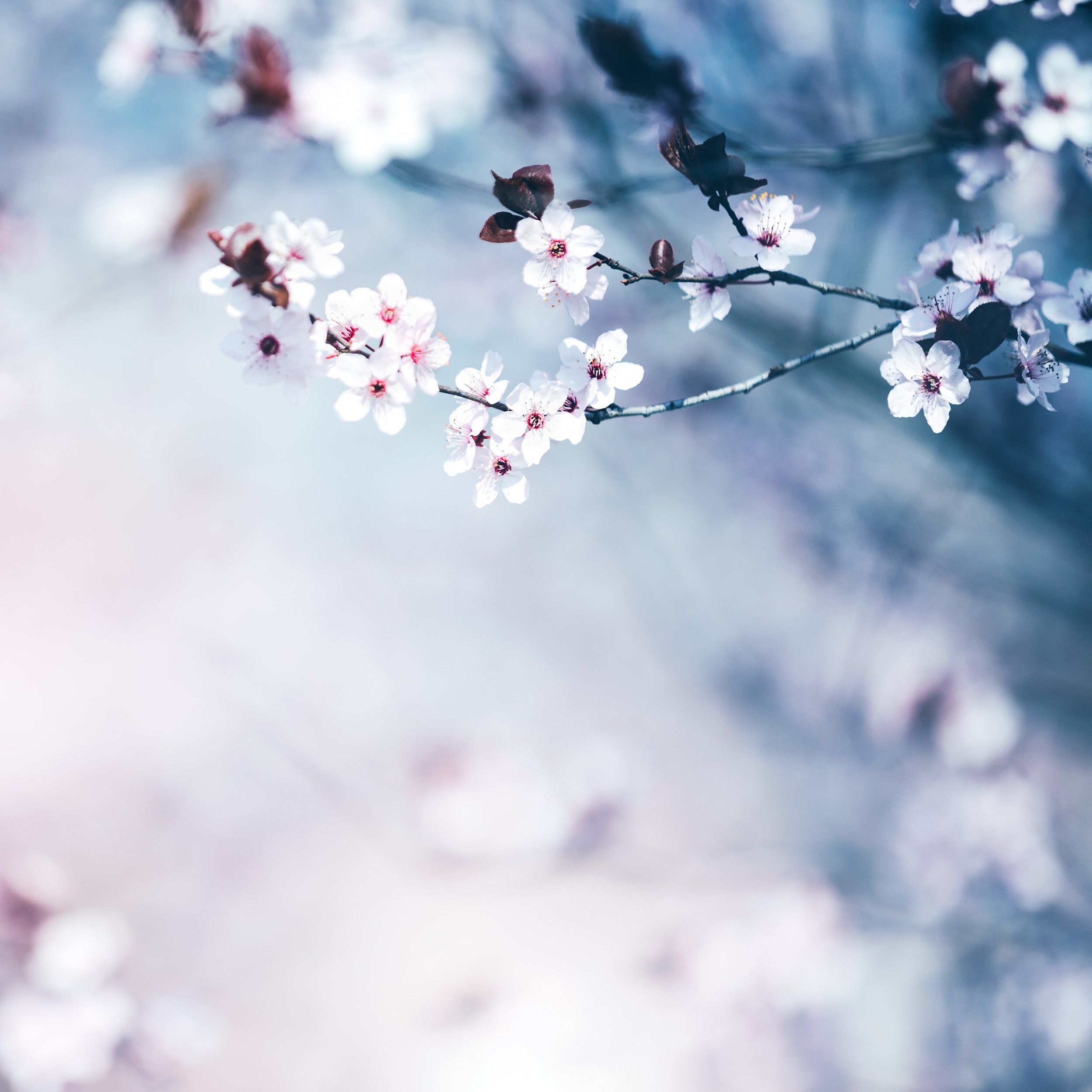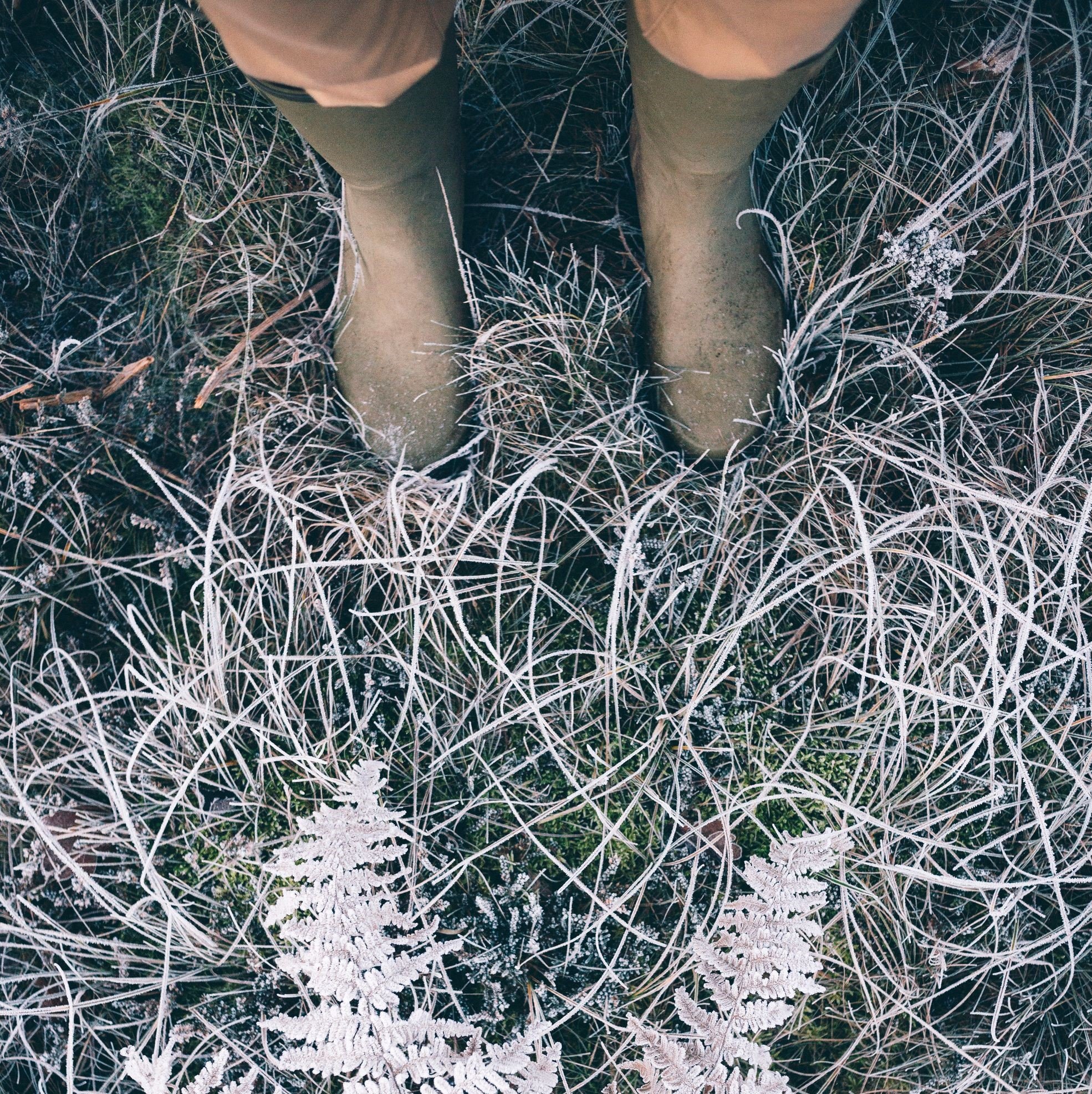Now you see me… now you don’t
We tend to think of camouflage as matching one’s background. And indeed, this can be used to good effect, as seen in the picture above from Invisible Jumpers by Joseph Ford and Nina , published by Hoxton Mini Press (you can see more of these fabulous photographs in our October issue).
But in the animal kingdom, it’s all a little more subtle and complex than this (and less knitted) and the theories of how camo works have been discussed by everyone from artists to zoologists for decades. Here are a few of the nifty tricks nature uses to make itself invisible.
Countershading
Since the Cretaceous period, many animals have been darker on the top of their body and lighter on the underside (think about a shark with its dark back and white belly - it works just as well for predators as prey). When light falls from above on a 3D object of one shade the underside appears darker than the top because of the way shadows fall, giving the object a solid appearance. Countershading works against that, using shading to counterbalance light’s effects to make the object seem to disappear.
Mimetic resemblance
This is the sort of camo we often think of first - those mad stick insects that look like leaves, moths that have wings that look just like bark. Devious little so-and-sos.
Counter illumination
This is a bit subtler but seen from below, most marine animals are able to be seen because they have a dark silhouette against the water. Some, like the firefly squid, produce light from bioluminscent photophores on their undersides, which counteracts the effect of their dark silhouette making them harder to see.
Disruptive colouration
In layman’s terms, this is ‘splotchiness’, like on a leopard or a flatfish. The splotches make it harder to see the contours of the animal’s body.
Contour obliteration
Also known as ‘boundary disruption’. This makes the edges of an animal’s shape looks a bit roughed up so it’s harder to discern its body as a whole from its background.
Concealment of the eye
By far our favourite camo trick. The eye can be a bit of a target for predators, as it stands out, so concealing it can be the difference between being a survivor and being dinner. Some animals have a dark band or stripe across the eye (like a raccoon) to hide the dark pupil, others have dark patches around the eye (pandas). While others still go for total misdirection, like some fish which have a fake ‘eye’ near the end of their tail and their real eyes are tiny and easily missed. Sneaky!
You can find more pictures of the fabulous knitted camo from Invisible jumpers in our October ‘Create’ issue. Get hold of your copy of this month's The Simple Things - buy, download or subscribe




















